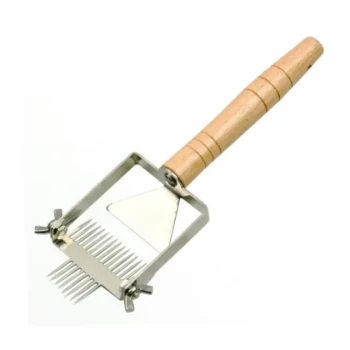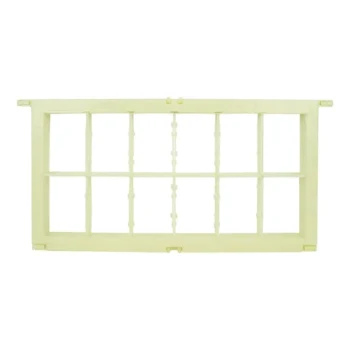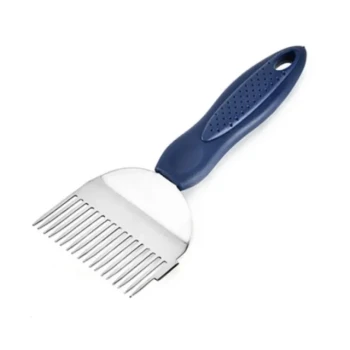At its core, the honey dryer is engineered to reduce the moisture content of honey by up to 2% over an eight-hour working period. In many operational scenarios, this process can be completed even more quickly, providing a reliable method for achieving optimal honey quality.
The primary challenge for any honey producer is preventing spoilage from excess moisture. This dryer solves that problem by using a gentle, controlled dehumidification process that preserves the honey's natural flavor and aroma while ensuring its long-term stability.
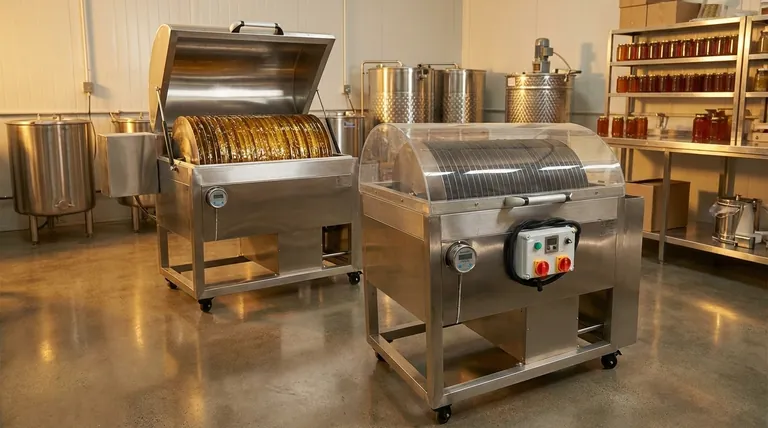
Why Moisture Control is Critical for Honey Quality
Controlling the water content in honey isn't just a suggestion; it's a fundamental requirement for producing a high-quality, shelf-stable product. Excess moisture is the primary cause of fermentation and spoilage.
The Ideal Moisture Content
The industry standard for premium, stable honey is a moisture content between 17% and 18%. This level ensures the honey will not ferment and maintains its desired viscosity and flavor profile.
The Risk of Excess Water
When the moisture content of honey exceeds 20%, it becomes highly susceptible to spoilage. Naturally present yeasts can become active, leading to fermentation that ruins the product.
How a Dryer Increases Productivity
Using a honey dryer allows you to harvest honey earlier, even if its natural moisture content is too high. This capability can significantly increase your total harvest per season by reducing the time honey must remain in the hive to dehydrate naturally.
How the Dryer Achieves Gentle Dehumidification
The system is designed to remove water efficiently without damaging the delicate chemical compounds that give honey its unique characteristics. It achieves this through a combination of controlled airflow and mechanical action.
The Condensation Principle
The dryer operates on a closed-loop condensation principle. First, warm, dry air is circulated over the honey, where it absorbs evaporated moisture. This now-moist air is then passed over a cold evaporator, causing the water to condense and be removed from the system. Finally, the dehumidified air is reheated and recirculated.
Accelerating Evaporation
To speed up the process, the dryer uses a system of rotating platters that spin at up to 9 revolutions per minute (RPM). This action continuously exposes new surfaces of the honey to the dry air, dramatically accelerating the rate of evaporation.
Preserving Flavor and Aroma
Crucially, this process avoids excessive heat, which can destroy sensitive enzymes and alter the honey's flavor. A sealing cover ensures that the delicate aromas are retained within the honey rather than being lost to the atmosphere.
Understanding the Trade-offs
While effective, it's important to understand that dehumidification is a balance between speed and quality. The goal is to remove water, not to "cook" the honey.
The Danger of Crude Heating
Simply heating honey to drive off water is a destructive approach. High temperatures degrade the honey's natural enzymes, darken its color, and can destroy its nuanced flavor and aroma, resulting in a lower-quality product.
The Benefit of Controlled Dehumidification
The key advantage of this dryer is its ability to remove moisture without relying on high temperatures. The condensation system is a far more gentle and precise method, ensuring the final product retains all the qualities of raw, unprocessed honey.
Applying This to Your Operation
Choosing to use a honey dryer depends on your specific operational goals, from improving efficiency to guaranteeing product quality.
- If your primary focus is preserving artisanal quality: The dryer's gentle, low-temperature process is essential for maintaining the unique flavor, aroma, and beneficial enzymes of your honey.
- If your primary focus is maximizing production: This technology allows you to harvest honey with higher moisture content, increasing your overall seasonal yield without sacrificing quality.
- If your primary focus is ensuring long-term stability: Precisely hitting the 17-18% moisture target is the most reliable way to prevent fermentation and guarantee a shelf-stable product for your customers.
Ultimately, this equipment gives you direct control over the final quality and stability of your honey.
Summary Table:
| Feature | Capability | Benefit |
|---|---|---|
| Moisture Reduction | Up to 2% in 8 hours | Achieves ideal 17-18% moisture content |
| Technology | Closed-loop condensation & rotating platters | Gentle, efficient drying without high heat |
| Primary Goal | Prevents fermentation & spoilage | Ensures shelf-stable, high-quality honey |
| Operational Impact | Enables earlier harvesting | Increases total seasonal yield |
Take Control of Your Honey's Quality and Stability
For commercial apiaries and beekeeping equipment distributors, precise moisture control is non-negotiable. The HONESTBEE honey dryer provides the reliable, gentle dehumidification you need to protect your product and your profits.
- Guarantee Shelf-Stable Honey: Consistently achieve the optimal 17-18% moisture content to prevent fermentation.
- Maximize Your Harvest: Harvest earlier and increase your seasonal yield without compromising quality.
- Preserve Artisanal Quality: Our low-temperature process protects the delicate flavor, aroma, and enzymes that define premium honey.
Ready to enhance your operation with professional-grade equipment?
Contact HONESTBEE today to learn more about our wholesale-focused honey drying solutions and secure the best supplies for your business.
Visual Guide
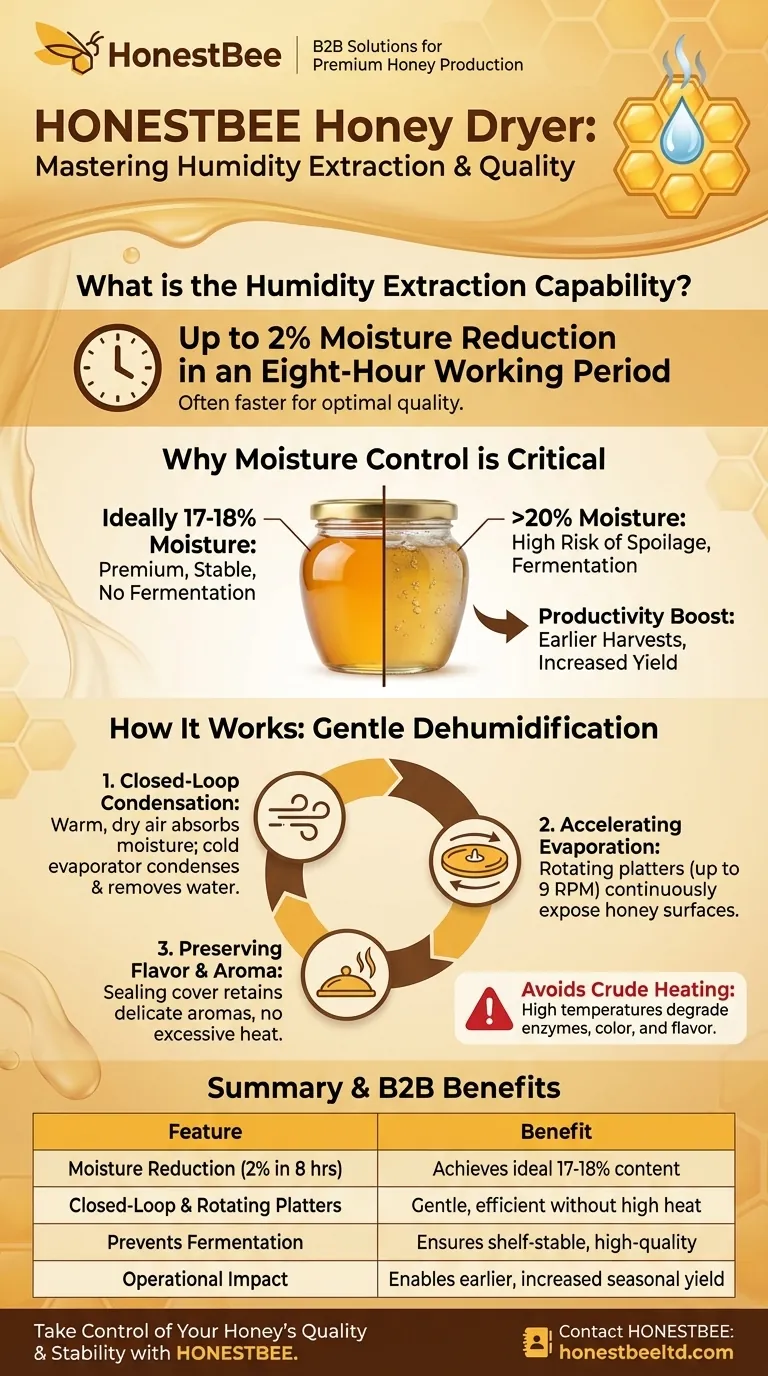
Related Products
- High Quality Honey Dehumidifier Dryer Thickening Machine for Beekeeping
- Honey Concentrating and Filtering Dehumidifier Machine 2T Capacity for Honey
- Stainless Steel Triangle Support Honey Strainer and Filters
- Premium Diamond-Faceted Glass Honey Dispenser
- Easy Use Manual Stainless Steel Honey Press for Honey Comb
People Also Ask
- How does a honey dryer remove moisture from honey? Achieve Perfect Honey Stability with Controlled Drying
- How do you remove moisture from honey? Ensure Quality & Shelf-Stable Honey
- What are some methods to prevent fermentation in high-moisture honey? Protect Your Honey's Quality and Value
- How does temperature regulation help in managing honey moisture content? Prevent Fermentation & Ensure Quality
- How to remove humidity from honey? Protect Your Harvest from Fermentation















